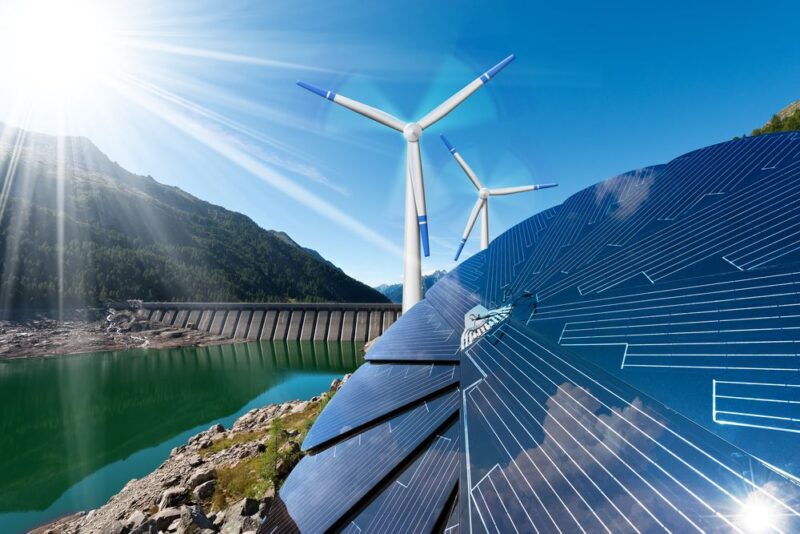Morocco is continuing its transition to renewable energy with impressive progress. In 2024, the country already reaches 45% of its electricity mix, and according to the 2025 Finance Bill (PLF), the target of 52% set for 2030 will be exceeded as early as 2027, with an expected share of 56%. This initiative is part of an energy strategy supported by the government, aligned with Royal Directives, which plans investments in this sector reaching 15 billion dirhams per year by 2027.
The renewable energy development program is a central pillar of Morocco’s energy transition and security strategy. The 2025 Finance Bill represents a decisive step to accelerate projects aimed at enhancing the use of renewable energies.
Masen, the Moroccan Agency for Sustainable Energy, is also committed to establishing an integrated solution to effectively manage its projects and investments in this area. This includes the implementation of a climate risk assessment system, essential for strengthening the resilience of micro-enterprises against the impacts of climate change.
By 2027, renewable energies are expected to become the main source of electricity production in the country, surpassing fossil fuels. The total renewable energy capacity currently stands at 5,440 MW, with wind power predominating, having recently crossed a historic threshold by installing 2,400 MW. The Jbel Lahdid wind farm, recently commissioned, adds a capacity of 270 MW and is expected to produce around 952 GWh per year.
To support this growth, Masen’s project portfolio plans to add an additional 4,028 MW of capacity by 2027, requiring investments of over 47 billion dirhams. With ongoing efforts and significant investments, Morocco is positioning itself as a regional leader in renewable energies, thus contributing to the decarbonization of its economy.


